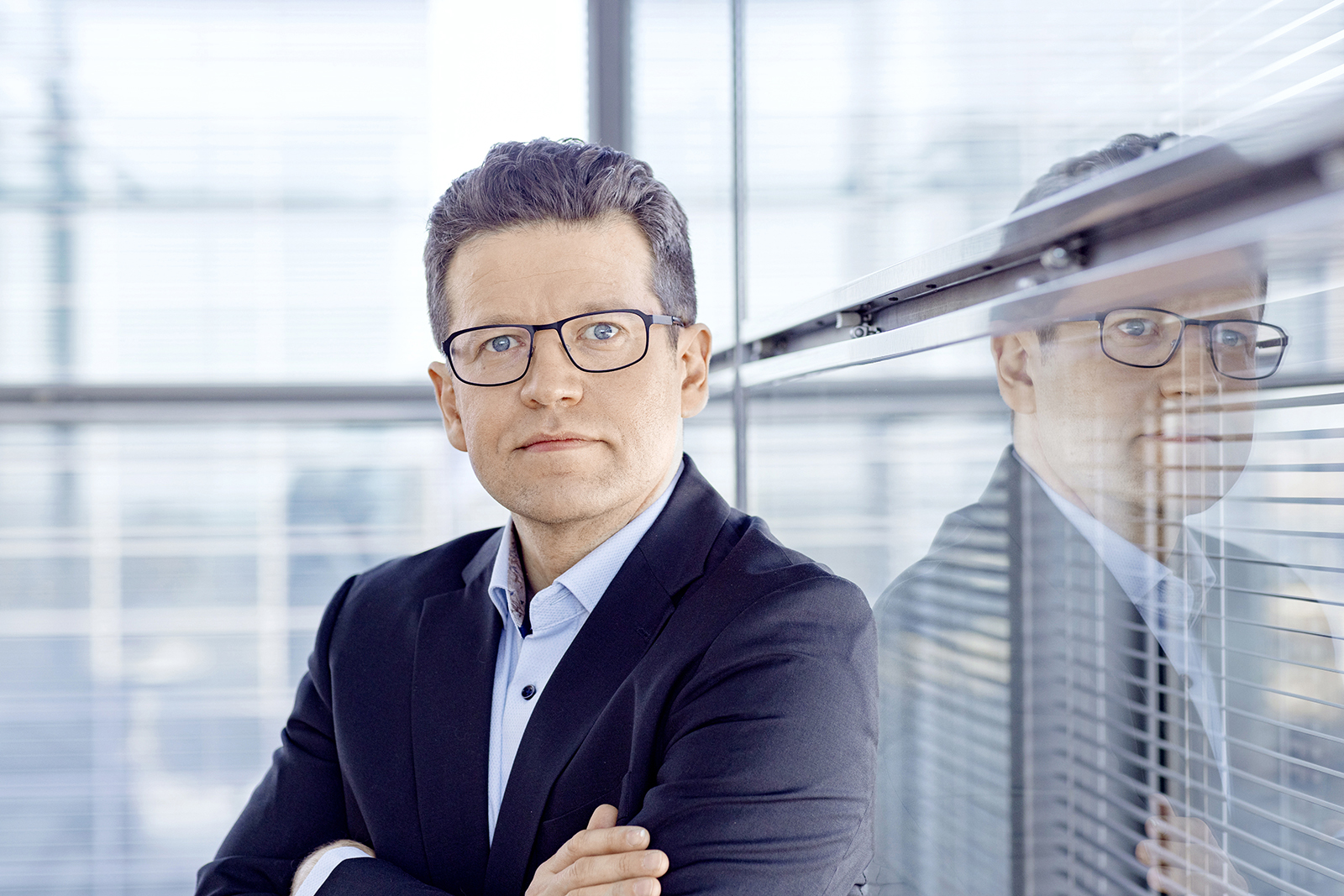The pan-Nordic electricity market established more than 30 years ago has been an undisputed success – but now, cracks are beginning to form in the union of the four Nordic countries. Simon-Erik Ollus, head of Fortum’s Generation division, is concerned about current developments and says that the Nordic electricity market needs to change with the times.
“Up to now, we have had an oversupply of resources, so the optimisation of Nordic electricity has worked well. We are now entering a much more uncertain phase,” says Ollus, who has chaired Fingrid’s Advisory Committee since the start of this year.
One factor is the decision by Svenska kraftnät, the Swedish transmission system operator, to limit the use of its export cables. This is the outcome of years of underinvestment in the electricity grid, as well as the closure of conventional power generation stations and significant additional wind power, which provides fluctuating levels of output.
“Svenska kraftnät faces major challenges in terms of the system stability in Southern Sweden. They have introduced some fairly drastic restrictions on the use of key transmission cables, resulting in uncertainty throughout the Nordic electricity market and disruptions in price formation,” Ollus says.
Differences in the Nordic camp
According to Ollus, Nordic electricity operators are now pulling in different directions because they have different objectives: Finland aims to become carbon-neutral by 2035, while Sweden has postponed its targets by ten years.
“When we are aiming for different things but using the same tools, there is no way it can work,” Ollus says.
Finland is also facing a severe competitiveness challenge if there is no sensible way of electrifying industry in order to bring emissions down to zero. Whatever happens, electricity consumption in Finland is expected to double by 2050.
A national perspective is required
According to Ollus, in the present situation, Finland needs to keep its national objectives in mind, as well as the Nordic and EU objectives.
“We need a stronger national approach to the system.”
Has the joint Nordic model reached the end of the line? Would it be better for each country to look after itself rather than worrying about the security of its neighbours’ electricity supply?
“It would still be better for us to work closely and effectively together and take joint responsibility for the security of supply across the Nordic region, but this requires more visionary collaboration and sufficient political commitment,” Ollus says.
The portion model introduces balance
In the 2020s, one of the most vital factors will be a joint understanding of what the energy system of the future will require. Ollus believes in the “portion model”, in which fluctuating wind power is supported by flexible hydroelectric power and stable nuclear power.
“Wind power is driving development, but we also need the stability afforded by hydroelectric and nuclear power. Otherwise, we will run into problems. Sweden is now a good example of this challenge.”
Ollus believes that whatever happens, there will soon be an enormous investment cycle that will present many parties with opportunities. He says it is now essential to ensure that the pieces are in the right places – and he praises Fingrid for making a good start in its forecasting and scenario-based work.
“Fingrid has done excellent work to identify how the electricity market will develop.”
Look to the future!
According to Ollus, this is exactly how a transmission system operator should operate: Fingrid needs to be one or two steps ahead of the rest of the pack to ensure that grid development does not get held up.
“The transmission system operator must ensure the security of supply in all circumstances by looking far enough ahead into the future.”•






